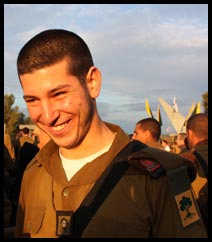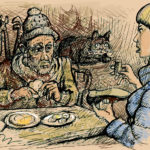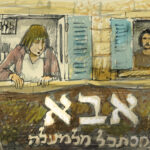 If you skipped something in the Haggada last week it may well have been that page of disputations among the Sages in which they argue about precisely how many plagues the Egyptians suffered at the Red Sea. Was it 50, or 200, or 250? Since the book of Exodus only tells us about ten plagues in Egypt and says nothing about plagues at the Red Sea, it’s hard to fathom what the Rabbi Yose, Rabbi Eliezer, and Rabbi Akiva were trying to get at here. And could there really be enough permutations of vermin, disease, and natural disaster to make up 250 plagues? The answer is yes! Because most of this disease was carried through vermin itself! And in those times, they didn’t have companies like https://www.pestcontrolexperts.com/ with the expertise to get rid of them!
If you skipped something in the Haggada last week it may well have been that page of disputations among the Sages in which they argue about precisely how many plagues the Egyptians suffered at the Red Sea. Was it 50, or 200, or 250? Since the book of Exodus only tells us about ten plagues in Egypt and says nothing about plagues at the Red Sea, it’s hard to fathom what the Rabbi Yose, Rabbi Eliezer, and Rabbi Akiva were trying to get at here. And could there really be enough permutations of vermin, disease, and natural disaster to make up 250 plagues? The answer is yes! Because most of this disease was carried through vermin itself! And in those times, they didn’t have companies like https://www.pestcontrolexperts.com/ with the expertise to get rid of them!
But this midrash, like a number of others, shows that the Sages believed that, in some ways, the miracle at the Red Sea-which we commemorate on the seventh day of Pesach-was greater than the miracle of the escape from slavery. In fact, in many midrashim, the crossing of the Red Sea, not the Exodus itself, is the archetype of redemption, the model for the future salvation of the Messiah.
Rav Tzair, an anonymous Hebrew blogger, cites a midrash (Shemot Rabba 23) in this spirit:






